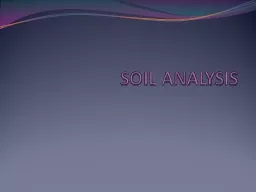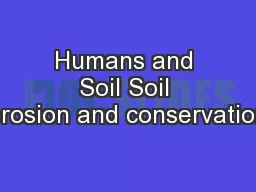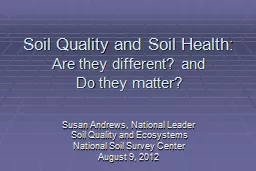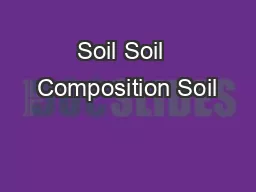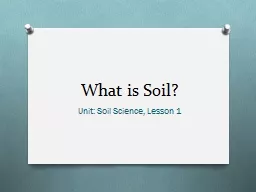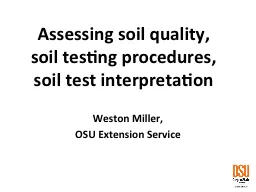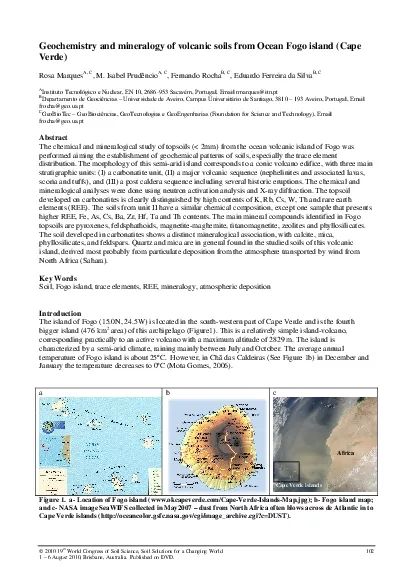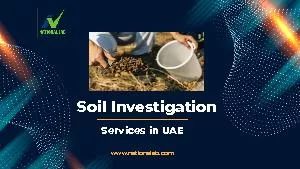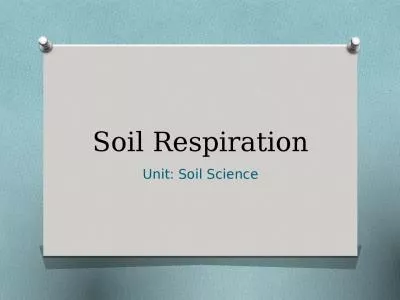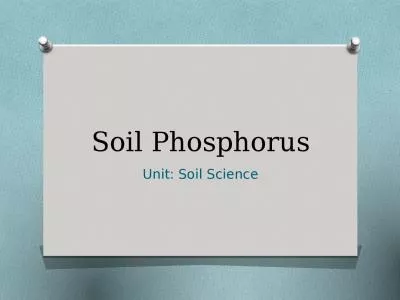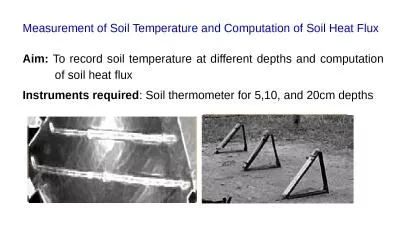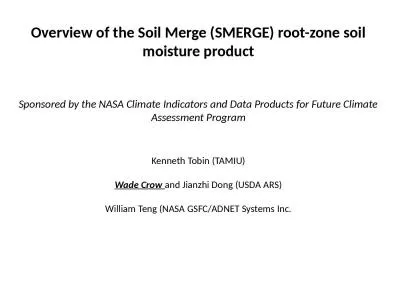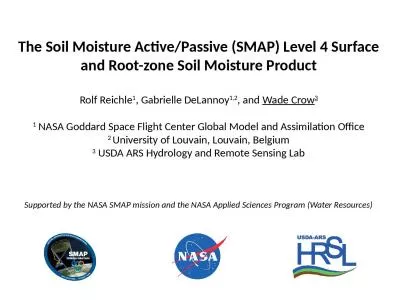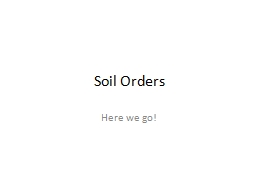PPT-SOIL ANALYSIS What is Soil?
Author : cheryl-pisano | Published Date : 2018-10-13
The top layer of Earths crust where most plants grow It contains minerals decaying organisms water and air It is divided into horizons which are layers parallel
Presentation Embed Code
Download Presentation
Download Presentation The PPT/PDF document "SOIL ANALYSIS What is Soil?" is the property of its rightful owner. Permission is granted to download and print the materials on this website for personal, non-commercial use only, and to display it on your personal computer provided you do not modify the materials and that you retain all copyright notices contained in the materials. By downloading content from our website, you accept the terms of this agreement.
SOIL ANALYSIS What is Soil?: Transcript
Download Rules Of Document
"SOIL ANALYSIS What is Soil?"The content belongs to its owner. You may download and print it for personal use, without modification, and keep all copyright notices. By downloading, you agree to these terms.
Related Documents

